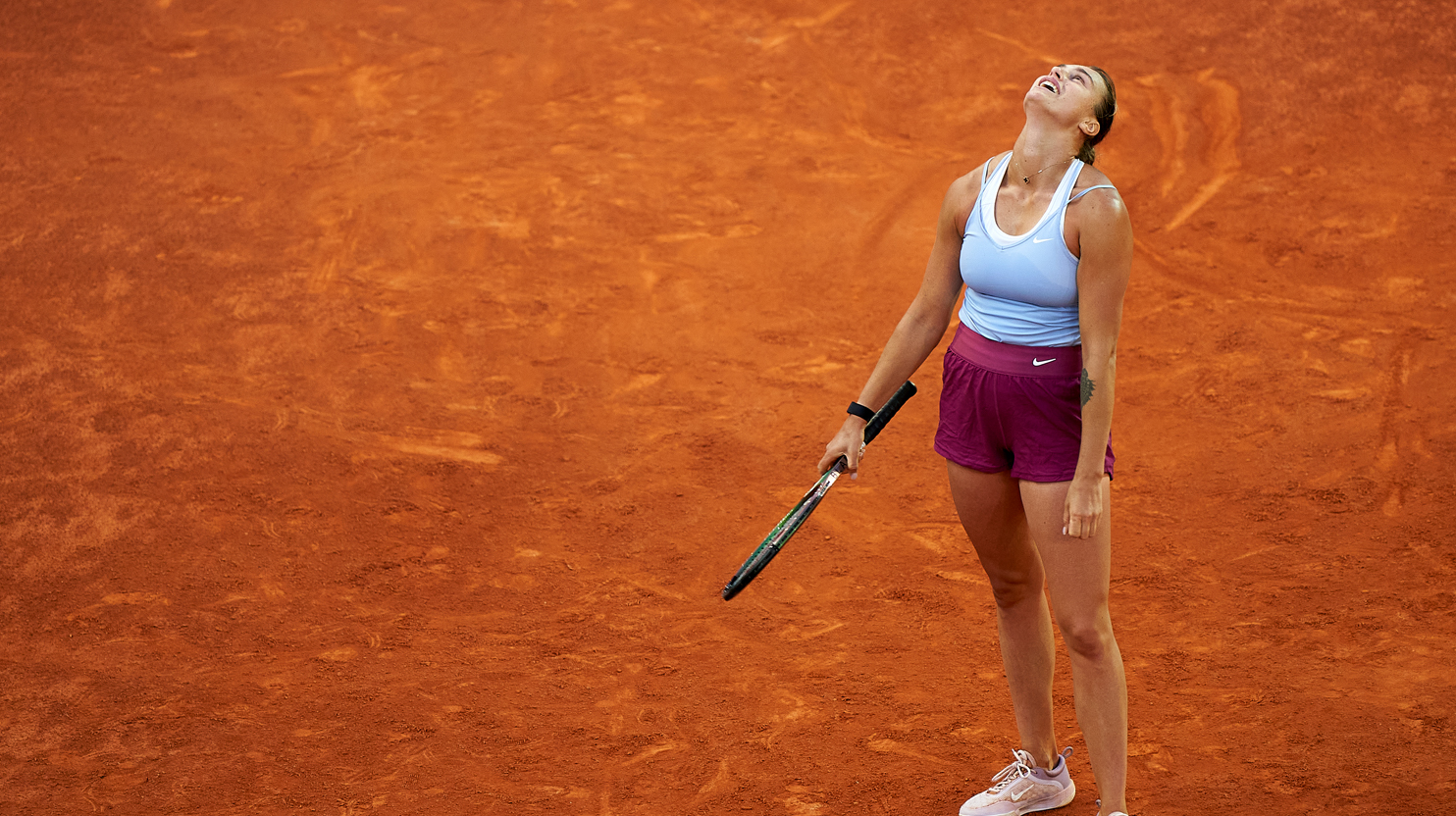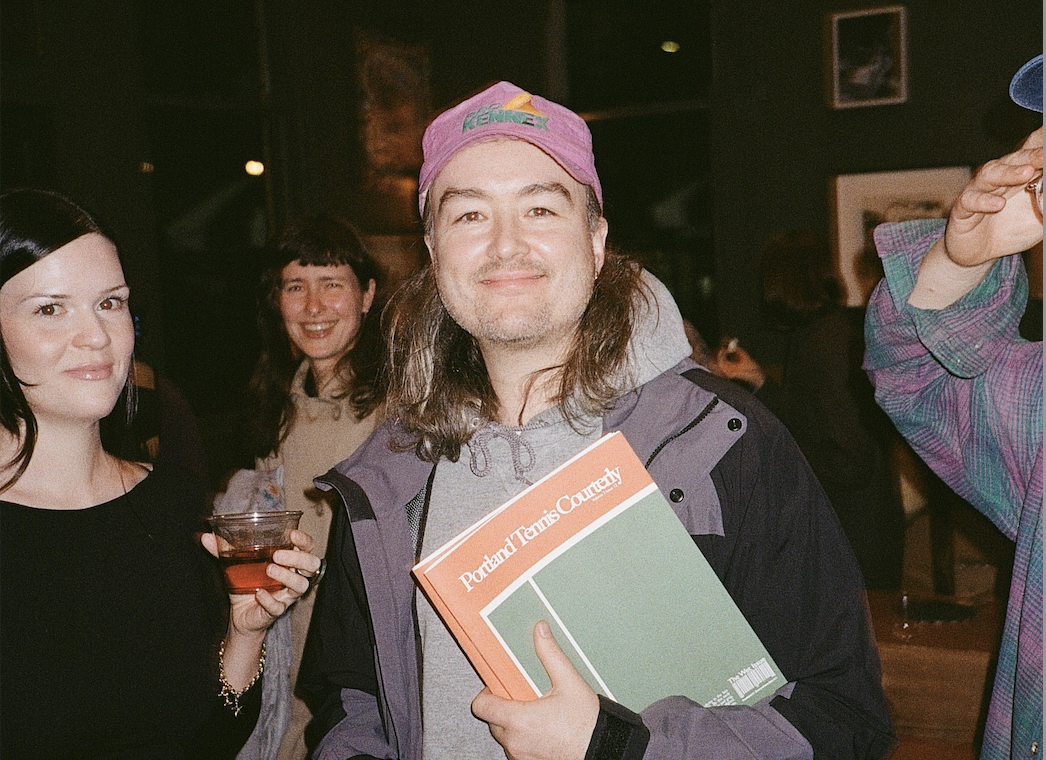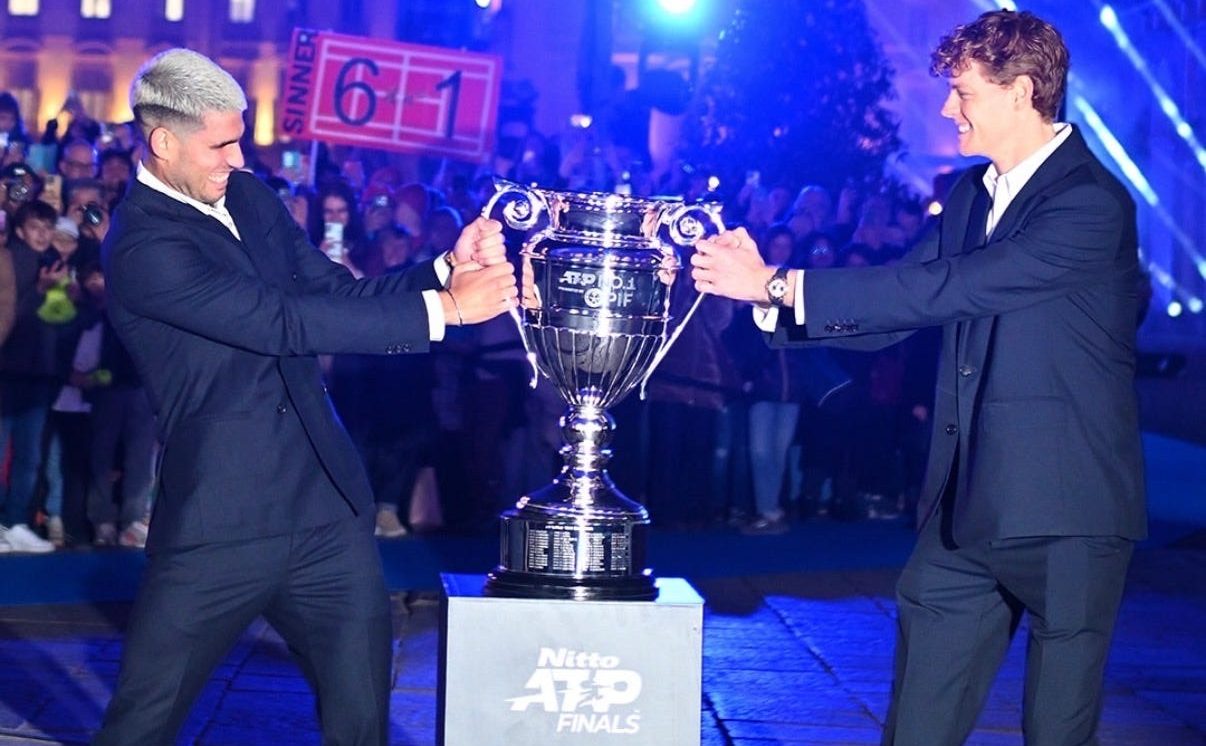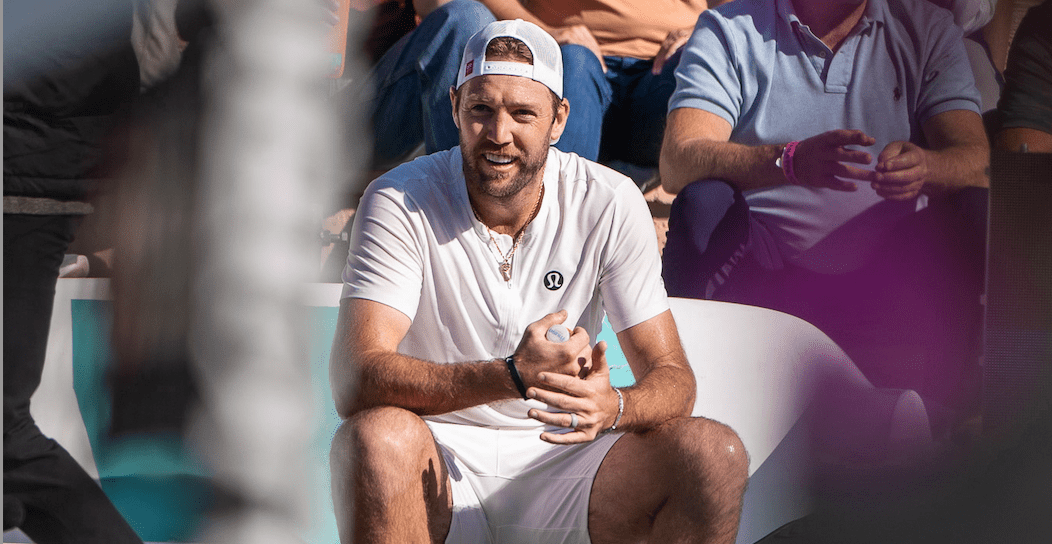[vc_empty_space height="5px"]
By Giri Nathan
[vc_empty_space height="15px"]Last week we dug into the top Roland-Garros prospects on the men’s side, in the deafening absence of Rafael Nadal. Today we’ll be looking at the women’s draw, where there is also injury ambiguity around the defending champ, though fortunately a less severe case. World No. 1 Iga Swiatek, whose world-eating has finally slowed in recent months, retired from her quarterfinal in Rome last week with an acute right thigh injury. “It was pretty sudden. At the beginning I didn’t really know if it was serious or not,” Swiatek later said of the pain that made her withdraw early in the deciding set of that match. “We did an examination with the physio afterwards. It shouldn’t be anything serious.” Swiatek has been seen this week practicing on the grounds in Paris. (The tournament even cut a weirdly dramatic trailer for her practice session. Personally I would’ve been okay just watching her loop forehands for 10 minutes.) As long as Swiatek’s read on her injury is accurate, the 2020 and 2022 champ at Roland-Garros remains the favorite this year, though not a prohibitive one, which speaks to the quality of her peers in a nascent WTA Big Three. Of the bunch, Swiatek’s game is the most straightforwardly suited to tennis in Paris: That big topspin, baffling foot speed, and intuitive point construction would make her hero Rafa proud. A title in Stuttgart and a runner-up finish in Madrid prove that Swiatek’s clay game remains sharp. But her 28–6 season has also included losses on clay to her two main rivals. That makes this fortnight a little spicier.
One of those rivals is Aryna Sabalenka, the second favorite, a label that is slightly jarring to apply to a player who has never advanced past the third round of this tournament. But this isn’t your grandmother’s Aryna Sabalenka. For one, she now double-faults less frequently than your grandmother. For another, she now has the confidence of a freshly anointed major champion with a 29–5 record on the season. Her brash, booming tennis is now polished enough to take down the very best, every week. Last year, Sabalenka lost four of five meetings with Swiatek, joining an expansive club of women who couldn’t solve the best player on tour. Sabalenka’s stellar win over Swiatek in the Madrid final earlier this month forced a reevaluation of that rivalry specifically, and of Sabalenka’s ceiling on clay more generally. It’s often said that Madrid is an anomaly in the clay season, because at high altitude, balls travel differently through thin air. Perhaps this has something to do with why big-hitting Sabalenka has won the tournament twice. But she is also now in her third straight year where she’s made a final at a clay tournament that is not Madrid. “I never say that clay is not one of my favorite surfaces,” Sabalenka said in Stuttgart, proclaiming her love via double negative. “Actually, I really enjoy [the] extra time.” Her relative struggles at Roland-Garros shouldn’t weigh too heavily; she has rounded into an all-surface threat.
That compliment could also be aimed at Elena Rybakina, the final member of the Big Three and the third favorite at Roland-Garros. With her title in Rome last weekend she actively holds 1000-level-and-up titles on clay, grass, and hard. Unlike Sabalenka, Rybakina has already ventured into the second week of the clay major: She made the quarterfinals in 2021 after upsetting then-world No. 8 Serena Williams. By every measure, Rybakina is a much better player than she was then. Her game is built on her blissed-out disposition and her gigantic serve, which has allowed her to win 63.7 percent of service points and 79.6 percent of service games, both second-best on tour over the last year, per Tennis Abstract. After winning in Rome, Rybakina told WTA Insider that she is looking to develop her patience on clay, learning to love its longer points without losing the essential character of her game. “I need to stick to my game no matter what, I can’t just run all of a sudden and defend all the time,” she said. “So for sure, I need to stay aggressive no matter the surface. But there is adaptation to the rallies, you need to prepare the ball to be that aggressive.” Rybakina’s title in Rome was, anticlimactically, aided by the retirements of three opponents, but it’s worth recalling that she took Swiatek to a second-set tiebreak even before sudden injury marred their match. And she beat Sabalenka to win the Indian Wells title, avenging a loss in the Australian Open final. Though she didn’t get any points for winning Wimbledon last year, her current 30–7 season has juiced her ranking just in time. By rising to No. 4 before Roland-Garros, she ensured that she wouldn’t have to play either of the above women before the semifinal. She did wind up in Swiatek’s half of the draw, so the semifinal may well be where they meet. If only the three of them could all play each in Paris somehow.
[vc_empty_space height="10px"][vc_empty_space height="15px"]Above: Aryna Sabalenka after defeating Iga Swiatek in the Madrid Final. (Getty)[vc_column width="1/6"][vc_tweetmeme share_via="racqetmagazine"][vc_column width="1/6"][vc_facebook type="button_count"][vc_column width="1/6"][vc_column width="1/6"][vc_column width="1/6"][vc_column width="1/6"][vc_empty_space height="45px"][vc_column width="1/4"][vc_column width="1/2"][vc_custom_heading text="Now Available" font_container="tag:h5|font_size:25px|text_align:center"][vc_custom_heading text="ISSUE NO. 22" font_container="tag:h5|font_size:45px|text_align:center"][vc_empty_space height="10px"]
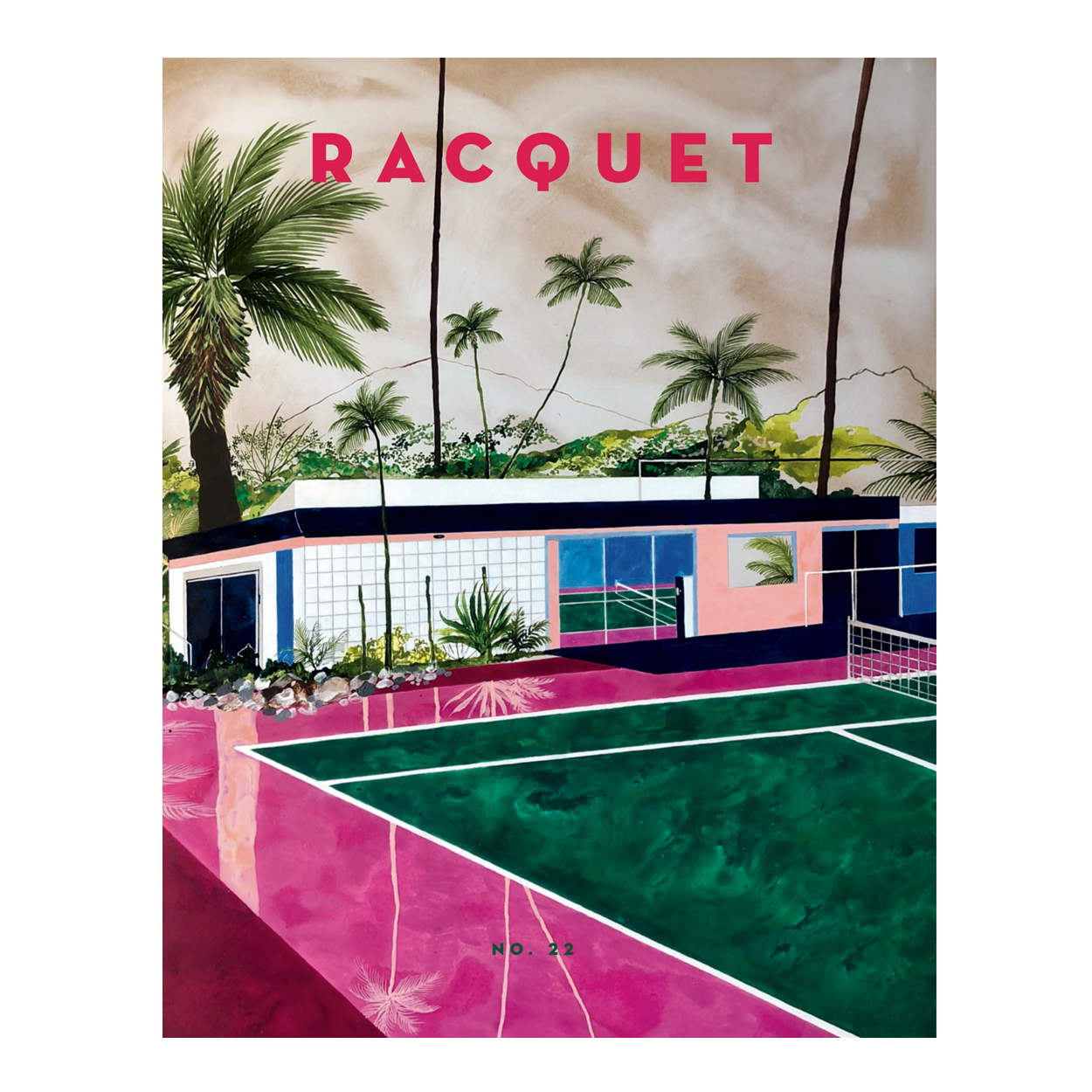
[vc_btn title="BUY NOW" style="outline" shape="square" color="success" size="lg" align="center" button_block="true" link="url:https%3A%2F%2Fshop.racquetmag.com%2Fcollections%2Ffeatured-products%2Fproducts%2Fissue-no-22|title:SHOP||"][vc_column width="1/4"]
